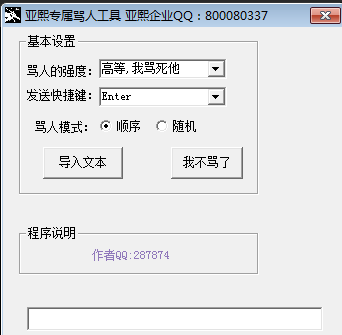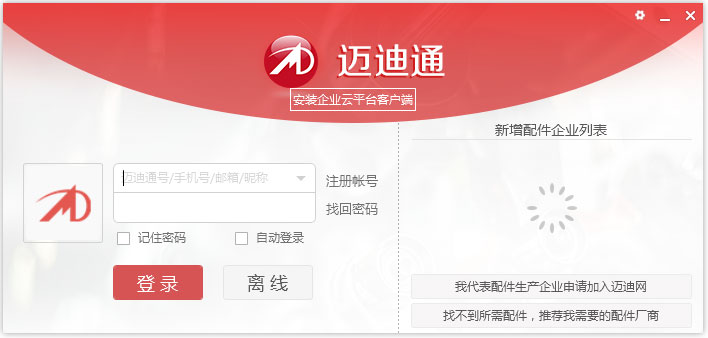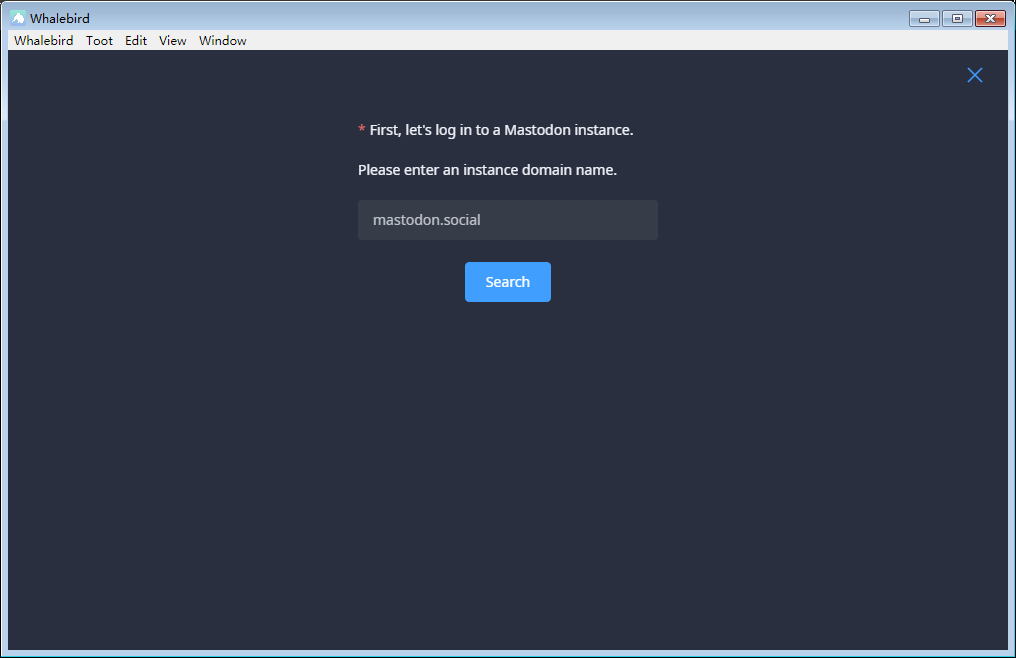Linux iSCSI协议实现共享存储
时间:2022-04-03 11:14
大纲
一、存储设备类型
二、什么是SCSI和iSCSI
三、iSCSI安装与配置
一、存储设备类型
Target
node4.network.com /dev/hda 172.16.1.111
1、安装scsi-target-utils并启动服务
[root@soysauce ~]# yum install -y scsi-target-utils
启动服务
[root@node4 ~]# service tgtd start
Starting SCSI target daemon: Starting target framework daemon
查看所监听的端口
[root@node4 ~]# ss -tnlp | grep 3260
0 0 *:3260 *:* users:(("tgtd",3979,6),("tgtd",3980,6))
0 0 :::3260 :::* users:(("tgtd",3979,5),("tgtd",3980,5))
设置开机自启动
[root@node4 ~]# chkconfig tgtd on
[root@node4 ~]# chkconfig --list tgtd
tgtd 0:off 1:off 2:on 3:on 4:on 5:on 6:off2、创建Target
tgtadm模式化命令 --mode 常用模式:target、logicalunit、account target --op new、delete、show、update、bind、unbind logicalunit --op new、delete account --op new、delete、bind、unbind 选项 --lld <driver>,-L:指定驱动类型 --tid <id>,-t:制定targetid --lun <lun>,-l:指定lun --backing-store <path>,-b:指定后端真正存储设备路径 --initiator-address <address>,-I:Initiator地址,用于实现ip认证 -T,--targetname <targetname>:Target名称 targetname定义格式:iqn.yyyy-mm.<reversed domain name>[:identifier] 创建target [root@node4 ~]# tgtadm --lld iscsi --mode target --op new --tid 1 --targetname iqn.2016-01.com.network:teststore.disk1 查看target [root@node4 ~]# tgtadm --lld iscsi --mode target --op show Target 1: iqn.2016-01.com.network:teststore.disk1 System information: Driver: iscsi State: ready I_T nexus information: LUN information: LUN: 0 Type: controller SCSI ID: IET 00010000 SCSI SN: beaf10 Size: 0 MB, Block size: 1 Online: Yes Removable media: No Readonly: No Backing store type: null Backing store path: None Backing store flags: Account information: ACL information:
3、创建lun
[root@node4 ~]# tgtadm --lld iscsi --mode logicalunit --op new --tid 1 --lun 1 --backing-store /dev/hda [root@node4 ~]# tgtadm --lld iscsi --mode target --op show Target 1: iqn.2016-01.com.network:teststore.disk1 System information: Driver: iscsi State: ready I_T nexus information: LUN information: LUN: 0 Type: controller SCSI ID: IET 00010000 SCSI SN: beaf10 Size: 0 MB, Block size: 1 Online: Yes Removable media: No Readonly: No Backing store type: null Backing store path: None Backing store flags: LUN: 1 Type: disk SCSI ID: IET 00010001 SCSI SN: beaf11 Size: 21475 MB, Block size: 512 Online: Yes Removable media: No Readonly: No Backing store type: rdwr Backing store path: /dev/hda Backing store flags: Account information: ACL information: 可以做授权绑定 [root@node4 ~]# tgtadm --lld iscsi --mode target --op bind --tid 1 --initiator-address 172.16.0.0/16 [root@node4 ~]# tgtadm --lld iscsi --mode target --op show Target 1: iqn.2016-01.com.network:teststore.disk1 System information: Driver: iscsi State: ready I_T nexus information: LUN information: LUN: 0 Type: controller SCSI ID: IET 00010000 SCSI SN: beaf10 Size: 0 MB, Block size: 1 Online: Yes Removable media: No Readonly: No Backing store type: null Backing store path: None Backing store flags: LUN: 1 Type: disk SCSI ID: IET 00010001 SCSI SN: beaf11 Size: 21475 MB, Block size: 512 Online: Yes Removable media: No Readonly: No Backing store type: rdwr Backing store path: /dev/hda Backing store flags: Account information: ACL information: 172.16.0.0/16
4、配置Initiator端
initiator端先安装iscsi-initiator-utils工具 [root@node1 ~]# yum install -y iscsi-initiator-utils 生成initiatorname [root@node1 ~]# echo "InitiatorName=`iscsi-iname -p iqn.2016-01.com.network`" > /etc/iscsi/initiatorname.iscsi [root@node1 ~]# cat /etc/iscsi/initiatorname.iscsi InitiatorName=iqn.2016-01.com.network:a9ccb1cfe22 添加一个initiator别名 [root@node1 ~]# echo "InitiatorAlias=node1.network.com" >> /etc/iscsi/initiatorname.iscsi [root@node1 ~]# cat /etc/iscsi/initiatorname.iscsi InitiatorName=iqn.2016-01.com.network:a9ccb1cfe22 InitiatorAlias=node1.network.com
5、启动Initiator端服务并尝试发现Target
iscsiadm模式化的命令
-m {discovery|node|session|iface}
discovery: 发现某服务器是否有target输出,以及输出了哪些target;
node: 管理跟某target的关联关系;
session: 会话管理
iface: 接口管理
iscsiadm -m discovery [ -d debug_level ] [ -P printlevel ] [ -I iface -t type -p ip:port [ -l ] ]
-d:指定debug级别,0-8
-I:指定网卡接口
-t type:SendTargets(st), SLP, and iSNS
-p:IP:port,端口不指定默认为3260
iscsiadm -m node [ -d debug_level ] [ -L all,manual,automatic ] | [ -U all,manual,automatic ]
iscsiadm -m node [ -d debug_level ] [ [ -T targetname -p ip:port -I ifaceN ] [ -l | -u ] ] [ [ -o operation ] [ -n name ] [ -v value ] ]
先启动服务
[root@node1 ~]# service iscsi start
iscsid (pid 2318) is running...
Setting up iSCSI targets: iscsiadm: No records found
[ OK ]
发现Target
[root@node1 ~]# iscsiadm -m discovery -t sendtargets -p 172.16.1.111
172.16.1.111:3260,1 iqn.2016-01.com.network:teststore.disk1
查看发现Target的数据信息
[root@node1 ~]# ls /var/lib/iscsi/send_targets/
172.16.1.111,3260
[root@node1 ~]# ls /var/lib/iscsi/send_targets/172.16.1.111,3260/
iqn.2016-01.com.network:teststore.disk1,172.16.1.111,3260,1,default st_config6、登录Target
[root@node1 ~]# iscsiadm -m node -T iqn.2016-01.com.network:teststore.disk1 -p 172.16.1.111 -l Logging in to [iface: default, target: iqn.2016-01.com.network:teststore.disk1, portal: 172.16.1.111,3260] (multiple) Login to [iface: default, target: iqn.2016-01.com.network:teststore.disk1, portal: 172.16.1.111,3260] successful. 查看硬盘 [root@node1 ~]# fdisk -l Disk /dev/hda: 21.4 GB, 21474836480 bytes 15 heads, 63 sectors/track, 44384 cylinders Units = cylinders of 945 * 512 = 483840 bytes Device Boot Start End Blocks Id System /dev/hda1 1 2068 977098+ 83 Linux Disk /dev/sda: 21.4 GB, 21474836480 bytes 255 heads, 63 sectors/track, 2610 cylinders Units = cylinders of 16065 * 512 = 8225280 bytes Device Boot Start End Blocks Id System /dev/sda1 * 1 13 104391 83 Linux /dev/sda2 14 2610 20860402+ 8e Linux LVM Disk /dev/sdb: 21.4 GB, 21474836480 bytes 64 heads, 32 sectors/track, 20480 cylinders Units = cylinders of 2048 * 512 = 1048576 bytes Device Boot Start End Blocks Id System
7、分区格式化
对那个发现的设备做分区 [root@node1 ~]# fdisk /dev/sdb The number of cylinders for this disk is set to 20480. There is nothing wrong with that, but this is larger than 1024, and could in certain setups cause problems with: 1) software that runs at boot time (e.g., old versions of LILO) 2) booting and partitioning software from other OSs (e.g., DOS FDISK, OS/2 FDISK) Command (m for help): n Command action e extended p primary partition (1-4) p Partition number (1-4): 1 First cylinder (1-20480, default 1): Using default value 1 Last cylinder or +size or +sizeM or +sizeK (1-20480, default 20480): +2G Command (m for help): p Disk /dev/sdb: 21.4 GB, 21474836480 bytes 64 heads, 32 sectors/track, 20480 cylinders Units = cylinders of 2048 * 512 = 1048576 bytes Device Boot Start End Blocks Id System /dev/sdb1 1 1908 1953776 83 Linux Command (m for help): w The partition table has been altered! Calling ioctl() to re-read partition table. WARNING: Re-reading the partition table failed with error 16: Device or resource busy. The kernel still uses the old table. The new table will be used at the next reboot. Syncing disks. [root@node1 ~]# partprobe /dev/sdb [root@node1 ~]# cat /proc/partitions major minor #blocks name 3 0 20971520 hda 3 1 977098 hda1 8 0 20971520 sda 8 1 104391 sda1 8 2 20860402 sda2 253 0 18776064 dm-0 253 1 2064384 dm-1 8 16 20971520 sdb 8 17 1953776 sdb1 格式化为ext3文件系统 [root@node1 ~]# mke2fs -j /dev/sdb1 mke2fs 1.39 (29-May-2006) Filesystem label= OS type: Linux Block size=4096 (log=2) Fragment size=4096 (log=2) 244320 inodes, 488444 blocks 24422 blocks (5.00%) reserved for the super user First data block=0 Maximum filesystem blocks=503316480 15 block groups 32768 blocks per group, 32768 fragments per group 16288 inodes per group Superblock backups stored on blocks: 32768, 98304, 163840, 229376, 294912 Writing inode tables: done Creating journal (8192 blocks): done Writing superblocks and filesystem accounting information: done This filesystem will be automatically checked every 32 mounts or 180 days, whichever comes first. Use tune2fs -c or -i to override. 挂载 [root@node1 ~]# mount /dev/sdb1 /mnt/ [root@node1 ~]# cp /etc/fstab /mnt/ [root@node1 ~]# ls /mnt/ fstab lost+found [root@node1 ~]# umount /mnt/
8、使用另一个节点挂载此设备进行访问测试
先安装与配置node2节点 [root@node2 ~]# yum install -y iscsi-initiator-utils 配置InitiatorName与InitiatorAlias [root@node2 ~]# echo "InitiatorName=`iscsi-iname -p iqn.2016-01.com.network`" > /etc/iscsi/initiatorname.iscsi [root@node2 ~]# echo "InitiatorAlias=node2.network.com" >> /etc/iscsi/initiatorname.iscsi [root@node2 ~]# cat /etc/iscsi/initiatorname.iscsi InitiatorName=iqn.2016-01.com.network:1d58f93825bf InitiatorAlias=node2.network.com 启动iscsi服务 [root@node2 ~]# service iscsi start iscsid (pid 2321) is running... Setting up iSCSI targets: iscsiadm: No records found [ OK ] 发现Target [root@node2 ~]# iscsiadm -m discovery -t sendtargets -p 172.16.1.111 172.16.1.111:3260,1 iqn.2016-01.com.network:teststore.disk1 [root@node2 ~]# ls /var/lib/iscsi/send_targets/ 172.16.1.111,3260 [root@node2 ~]# ls /var/lib/iscsi/send_targets/172.16.1.111,3260/ iqn.2016-01.com.network:teststore.disk1,172.16.1.111,3260,1,default st_config 登录 [root@node2 ~]# iscsiadm -m node -T iqn.2016-01.com.network:teststore.disk1 -p 172.16.1.111 -l Logging in to [iface: default, target: iqn.2016-01.com.network:teststore.disk1, portal: 172.16.1.111,3260] (multiple) Login to [iface: default, target: iqn.2016-01.com.network:teststore.disk1, portal: 172.16.1.111,3260] successful. 查看硬盘 [root@node2 ~]# fdisk -l Disk /dev/hda: 21.4 GB, 21474836480 bytes 15 heads, 63 sectors/track, 44384 cylinders Units = cylinders of 945 * 512 = 483840 bytes Device Boot Start End Blocks Id System /dev/hda1 1 2068 977098+ 83 Linux Disk /dev/sda: 21.4 GB, 21474836480 bytes 255 heads, 63 sectors/track, 2610 cylinders Units = cylinders of 16065 * 512 = 8225280 bytes Device Boot Start End Blocks Id System /dev/sda1 * 1 13 104391 83 Linux /dev/sda2 14 2610 20860402+ 8e Linux LVM Disk /dev/sdb: 21.4 GB, 21474836480 bytes 64 heads, 32 sectors/track, 20480 cylinders Units = cylinders of 2048 * 512 = 1048576 bytes Device Boot Start End Blocks Id System /dev/sdb1 1 1908 1953776 83 Linux 挂载此设备 [root@node2 ~]# mount /dev/sdb1 /mnt/ [root@node2 ~]# ls /mnt/ fstab lost+found
此时可以发现,两个节点可以使用同一个存储,但是当其中一个节点写文件时,另一个节点是看不到的,如果正好两个写的是同一个文件,完成之后再从内存同步到硬盘中,会发生文件系统崩溃的情况,所以这是十分危险的,因为我们可以使用集群文件系统,这样,当一个节点写,会立即通知给其他节点,避免文件系统崩溃
下一篇讲 cman + rgmanager + iscsi + gfs2 + cLVM 实现集群共享存储
本文出自 “” 博客,请务必保留此出处



























